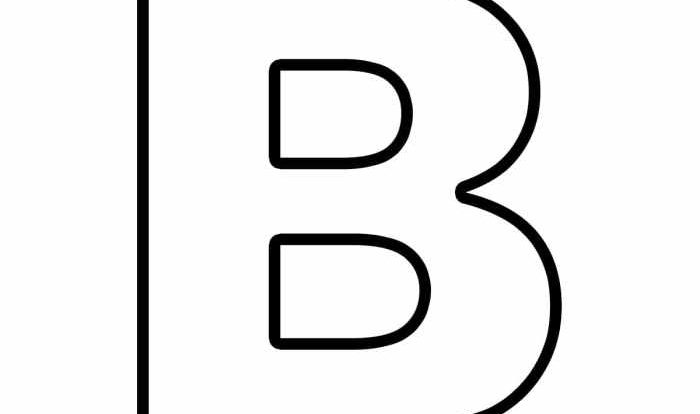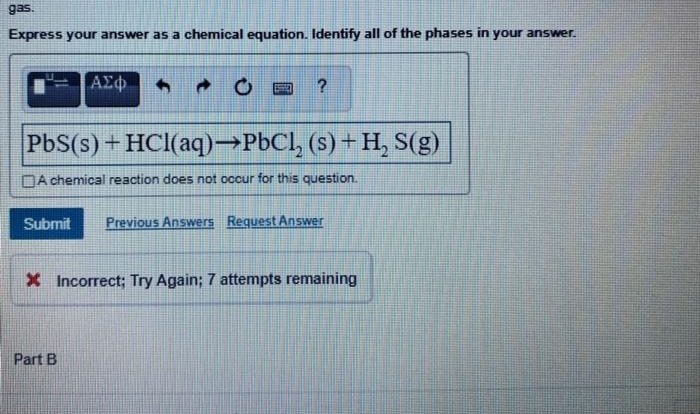Embark on a journey into the realm of Modern Chemistry Houghton Mifflin Harcourt, a groundbreaking textbook that transforms the teaching and learning of chemistry. This comprehensive guide unveils the textbook’s target audience, pedagogical approach, and strategies for effective classroom implementation, empowering educators to foster a deep understanding of chemistry among their students.
Delving into the textbook’s content, we explore its meticulous coverage of fundamental chemistry concepts, its organization that facilitates understanding, and its innovative examples that bring complex principles to life. Best practices for classroom utilization are shared, along with strategies for engaging students and incorporating hands-on activities.
Assessment tools and technology integration are examined, providing educators with a comprehensive understanding of how to measure student progress and enhance learning.
Modern Chemistry Textbook Overview
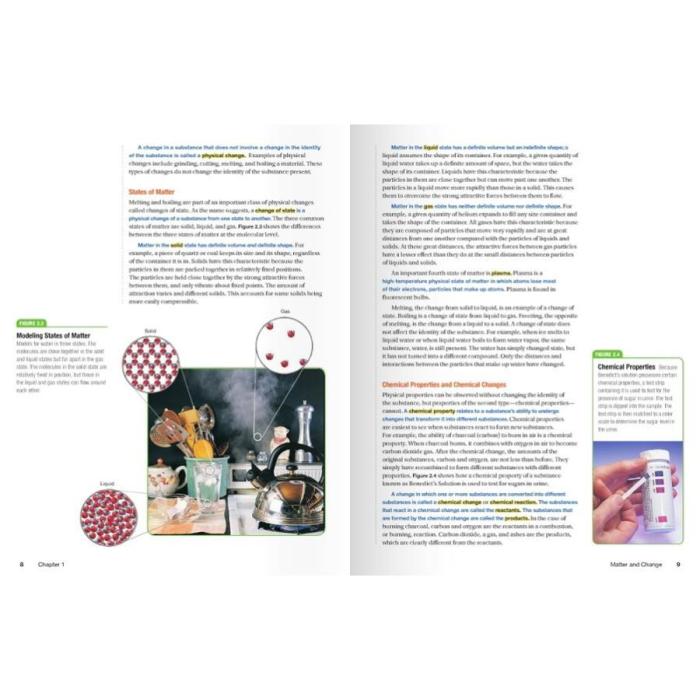
Modern Chemistry, published by Houghton Mifflin Harcourt, is a comprehensive textbook designed for high school chemistry students. It provides a thorough foundation in fundamental chemical concepts and prepares students for success in college-level chemistry courses. The textbook is written in a clear and engaging style, with a strong emphasis on problem-solving and critical thinking.
Target Audience and Scope
Modern Chemistry is primarily intended for students in high school chemistry courses. The textbook covers a wide range of topics, including atomic structure, chemical bonding, stoichiometry, thermodynamics, and equilibrium. It is aligned with the Next Generation Science Standards (NGSS) and provides students with the knowledge and skills they need to succeed in chemistry.
Key Features
- Clear and concise explanations of chemical concepts
- Engaging and thought-provoking activities
- Real-world examples and applications
- Extensive problem-solving practice
- Interactive simulations and animations
Pedagogical Approach
Modern Chemistry uses a student-centered pedagogical approach that emphasizes inquiry-based learning and problem-solving. The textbook provides students with opportunities to explore chemical concepts through hands-on activities, simulations, and real-world examples. This approach helps students develop a deep understanding of chemistry and prepares them for success in future science courses.
Content Analysis of Modern Chemistry
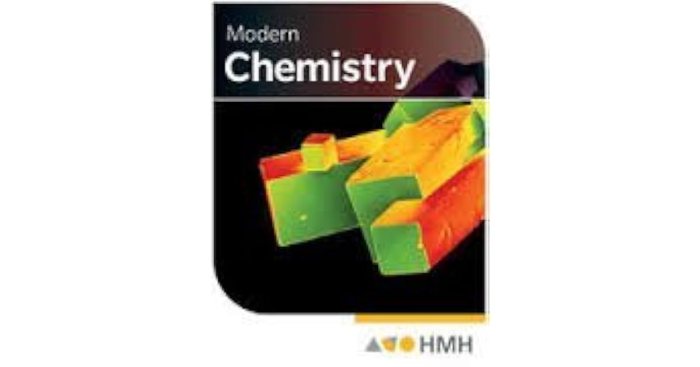
Coverage of Fundamental Chemistry Concepts
Modern Chemistry provides a comprehensive coverage of fundamental chemistry concepts. The textbook is organized into 20 chapters, each of which focuses on a specific area of chemistry. The chapters are sequenced in a logical order that builds upon students’ prior knowledge and prepares them for more advanced topics.
Organization of the Textbook
The textbook is organized into five units:
- The Structure of Matter
- Chemical Reactions
- Thermochemistry
- Equilibrium
- Kinetics
Each unit is divided into several chapters that cover specific topics within that unit. This organization helps students to focus on one area of chemistry at a time and to build a strong foundation in the subject.
Presentation of Complex Chemical Concepts
Modern Chemistry presents complex chemical concepts in a clear and engaging way. The textbook uses a variety of pedagogical tools to help students understand these concepts, including:
- Real-world examples
- Interactive simulations
- Animations
- Thought-provoking questions
These tools help students to visualize chemical concepts and to make connections between chemistry and the real world.
Strategies for Using Modern Chemistry
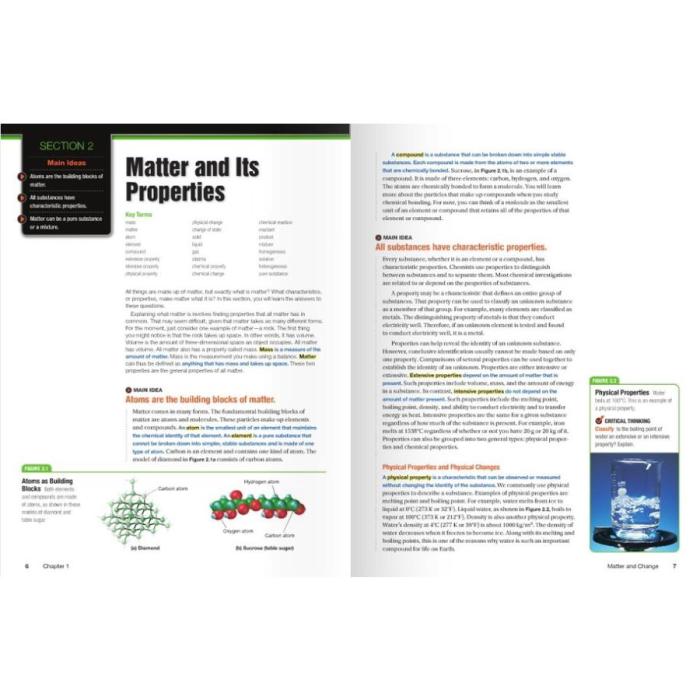
Engaging Students
To engage students, Modern Chemistry provides a variety of activities and resources that can be used in the classroom. These include:
- Hands-on activities
- Simulations
- Interactive games
- Videos
These activities help students to learn by doing and to make connections between chemistry and the real world.
Making Learning Interactive
Modern Chemistry also provides a variety of ways to make learning interactive. These include:
- Online quizzes
- Discussion forums
- Virtual labs
- Student presentations
These activities help students to engage with the material and to learn from each other.
Incorporating Hands-on Activities and Demonstrations
Hands-on activities and demonstrations are a great way to reinforce chemical concepts and to make learning more engaging. Modern Chemistry provides a variety of hands-on activities and demonstrations that can be used in the classroom. These include:
- Lab experiments
- Science fair projects
- Classroom demonstrations
These activities help students to develop a deeper understanding of chemistry and to see how it applies to the real world.
Assessment and Evaluation with Modern Chemistry: Modern Chemistry Houghton Mifflin Harcourt
Supporting Assessment and Evaluation
Modern Chemistry provides a variety of assessment and evaluation tools that can be used to measure student learning. These include:
- Chapter quizzes
- Unit tests
- End-of-course exams
- Lab reports
- Projects
These tools help teachers to assess student learning and to provide feedback on student progress.
Variety of Assessment Tools, Modern chemistry houghton mifflin harcourt
Modern Chemistry provides a variety of assessment tools to meet the needs of different students and learning styles. These tools include:
- Multiple-choice questions
- Short answer questions
- Essay questions
- Performance-based assessments
This variety of assessment tools allows teachers to assess student learning in a variety of ways.
Guidance on Using Assessment Tools
Modern Chemistry provides guidance on how to use the assessment tools effectively. This guidance includes:
- Tips for creating effective assessments
- Suggestions for grading assessments
- Advice on providing feedback to students
This guidance helps teachers to use the assessment tools to improve student learning.
Essential FAQs
What is the target audience for Modern Chemistry Houghton Mifflin Harcourt?
Modern Chemistry Houghton Mifflin Harcourt is designed for high school chemistry students, particularly those in grades 9-12.
How does the textbook support student learning?
The textbook employs a pedagogical approach that emphasizes inquiry-based learning, hands-on activities, and real-world applications, fostering a deep understanding of chemistry concepts.
What are the key features of the textbook?
Modern Chemistry Houghton Mifflin Harcourt offers a comprehensive coverage of chemistry concepts, interactive simulations, online resources, and assessment tools, providing a well-rounded learning experience.
